Cambridge Museums |
|
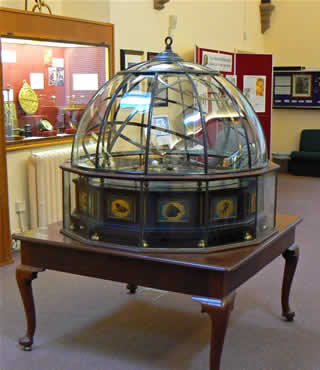 |
|||
Cambridge contains a treasure trove of world class museums |
|||||
Listen to this article |
|||||
|
|||||
The University is by no means the only attraction in Cambridge. With a treasure trove of places to visit and explore, you will be amazed at the wealth of historical and interesting attractions in and around the town. |
|||||
If you like history, try the County and Folk Museum. It tells the journey of the people of Cambridge and their lives since 1700. There is also the Museum of Archaeology and Anthropology. In amongst artifacts from all over the world, it includes pieces from James Cooke’s expeditions, a 14 metre high totem pole, pottery from Peru and Romans altar stones. |
|||||
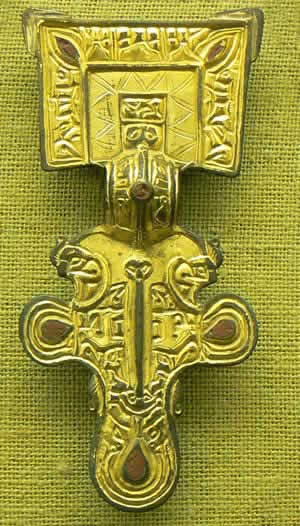 Ancient Jewelry in the Museum of Archaeology and Anthropology |
|||||
If it’s art that you’re looking for, there is the Fitzwilliam Museum. It displays world-class paintings, literary and music manuscripts of masterpieces, and collections from Egypt, Greece and Rome. Kettle’s Yard is another great art gallery. The former home of Jim Ede, once a curator of the Tate Gallery, it displays wonderful 20th Century art. Finally, the Museum of Classical Archaeology is one of Cambridge’s best kept secrets. It contains plaster casts of some of the most famous Greek and Roman statues from the great sculptors. |
|||||
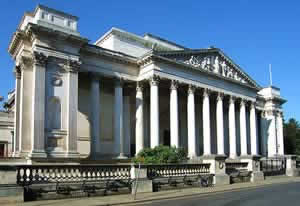 The impressive pillared front of the Fitzwilliam Museum |
|||||
True to its reputation for research and advancement, Cambridge also has a number of scientific places of interest. The Sedgwick Museum is one of earth sciences and geology. Its extensive collections of rocks and fossils include some from Charles Darwin’s voyage on the Beagle, as well as dinosaurs and a 125,000 year old local hippo. The Museum of Zoology will catch your attention with its gigantic whale skeleton, fossils and large collection of British birds. The Whipple Museum shows the history of science through a fascinating and sometimes grim display of scientific instruments, from the Middle Ages to the present day. Lastly, the Scott's Polar Research Institute is one not to be missed. It is the national memorial to R F Scott, who perished along with his crew of companions on their return from the South Pole. This museum is dedicated to all aspects of polar exploration – both historical and modern, with everything from sledges to diaries. It includes the Shackleton library, built to recognize the contribution Shackleton and his son have made to polar exploration. |
|||||
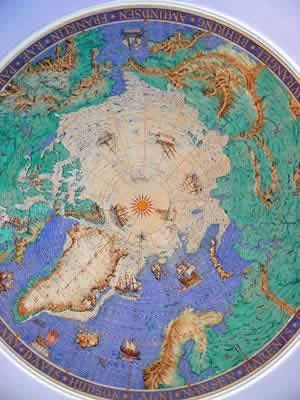 Painted ceiling of the North Pole in the Scott Polar Institute |
|||||
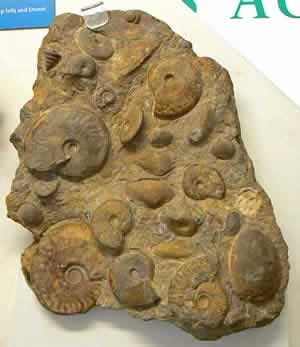 Fossils in the Sedgwick Museum |
|||||
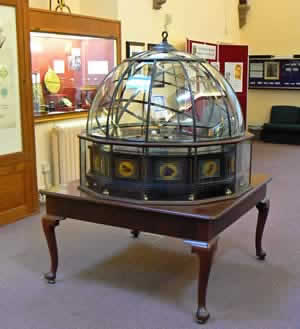 Model demonstrating the movement of planets in the Whipple Museum |
|||||
|
|||||
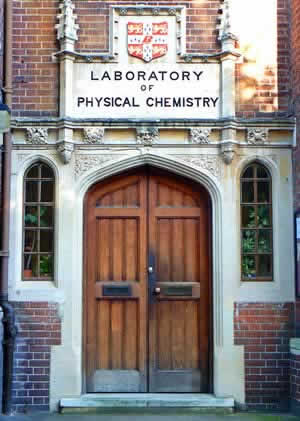 The Cavendish Laboratory, where the electron was first discovered in 1897 |
|||||
Finally, you may want to try and fit in a visit to the University Library, which contains one of the most revered collections of manuscripts and books in the world. Or the Botanic Gardens – a living laboratory of plants which was dreamed up by John Henslow. He was the mentor of Charles Darwin. |
|||||
|
|||||
Most museums are open to the public daily, some with limited opening times. ALL Cambridge museums offer FREE entry. |
|||||
Cambridge Tourist Information Centre, Peas Hill, Cambridge, CB2 3AD. Tel: 0871 226 8006 |
|||||
|
Pocket Britain is optimised for use on a smartphone or tablet with internet access. All content is subject to copyright. All reasonable methods have been used to ensure information supplied is accurate at the time of publication. However, it is advisable to check information before relying on it. Privacy Policy |